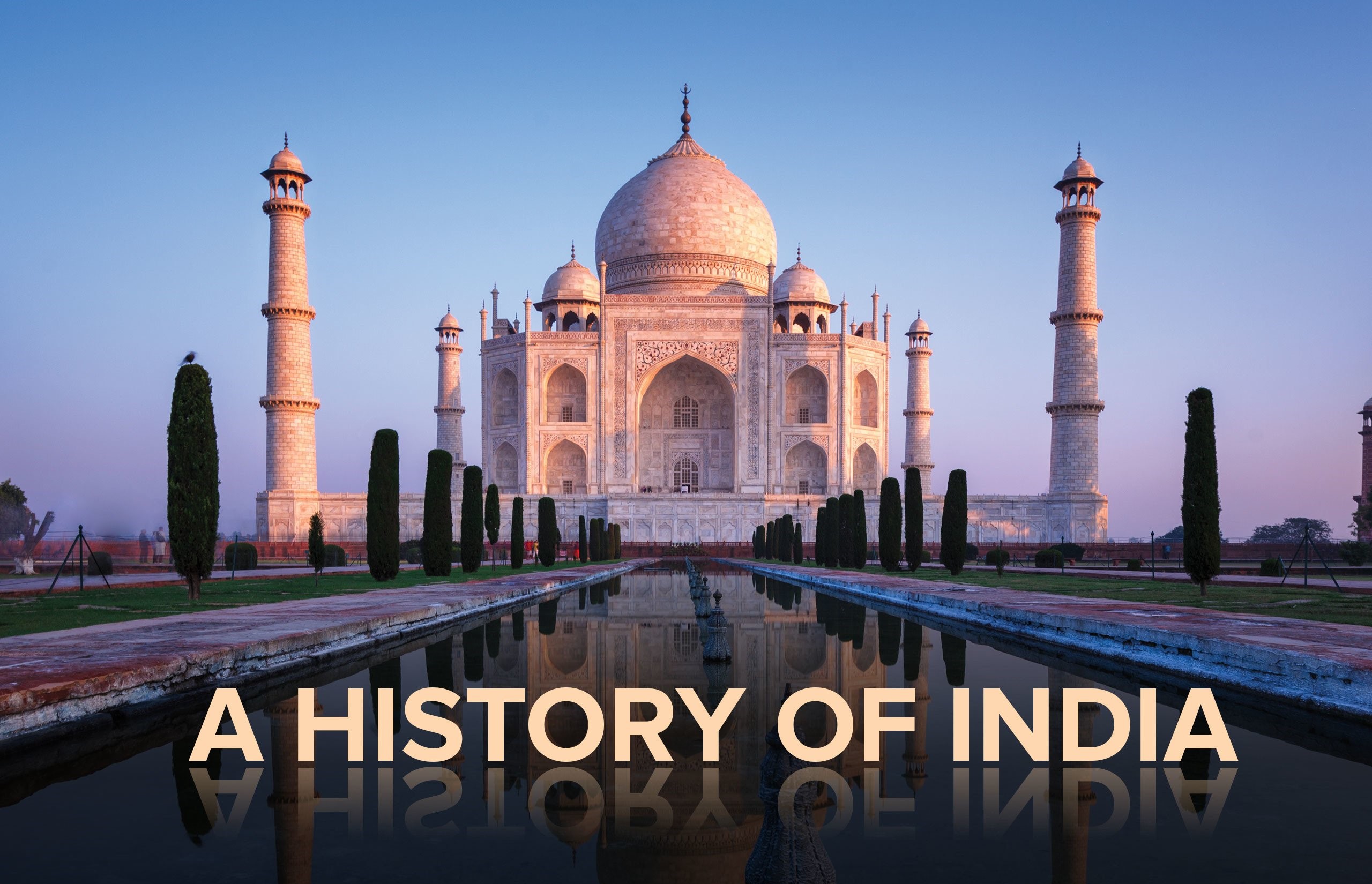Aurangzeb
Aurangzeb ( 1658 - 1707 )
» Aurangzeb defeated Dara at Dharmat (1658), Samugarh (1658) and Deorai in which Samugarh was decisive one and Deorai was last one.
» After victory, Aurangzeb was crowned at Delhi under the title Alamgir. He ruled for 50 years till his death in Feb., 1707 in Ahmadnagar.
» During the first 23 years of the rule (1658-81) Aurangazeb concentrated on North India. During this period the Marathas under Shivaji rose to power and were a force to reckon with.
» Aurangzeb captured Guru Teg Bahadur, the 9th Guru of Sikhs in 1675 and executed him when he refused to embrace Islam. The 10th and last Sikh Guru, Guru Gobind Singh, son of Guru Teg Bahadur, organised his followers into community of warrior called Khalsa to fight the Muslim tyranny and avenge the killing of his father. Guru Gobind Singh was, however assassinated in 1708 by an Afghan at Nander in Deccan. Banda Bairagi, a trusted disciple of Guru Gobind Singh continued the war against Mughals.
» Aurangzeb left the North in 1682 and for the next 25 years (1682-1707) made desperate bids to crush the Marathas.
» Shivaji was the most powerful Maratha king and an arch enemy of Aurangzeb. When Aurangzeb could not eliminate him, he conspired in 1665 with Jai Singh of Amber, a Rajput, to eliminate Shivaji. On a assurance given by Jai Singh, Shivaji visited Aurangzeb's court. Shivaji was imprisoned by Aurangzeb but he managed to escape and in 1674 proclaimed himself an independent monarch. He died in 1680 and was succeeded by his son Sambhaji, who was executed by Aurangzeb in 1689. Sambhaji was succeeded by his brother Rajaram and after his death in 1700, his widow Tarabai carried on the movements.
» The Mughal conquests reached a climax during Aurangzeb's reign, as Bijapur and Golconda were annexed in 1686 and 1687, respectively.
» Aurangzeb died in 1707. He was buried at Khuldabed (Daulatabad).
» He was called Zinda Pir, the living saint.
» Jaziya was re-introduced. However, the Hindu Mansabdars maintained their high proportion during his rule.
Decline of the Mughal Empire
After Aurangzeb, the Mughal empire rapidly declined. Important causes of the decline were:
1. Aurangzeb's Rajputa, Deccan and religious policies
2. Weak successors who were incompetent both as administrators and generals
3. Wars of succession
4. Factionalism among nobality after Aurangzeb
5. Jagirdari crisis
6. Growth of Maratha and other regional powers in Bengal, Hyderabad, Avadh, Mysore etc.
7. Foreign invasions by Nadir Shah (1739) and Abdali
8. British conquest of India.
Later Mughals
Bahadur Shah I (1707-1712) : Original Name-Muaaam Title-Shah Alam
Jahandar Shah (1712 - 1713) : Ascended the throne with the help of Zulfikar Khan; Abolished Jaziya.
Farrukh Siyar(1713-1719) : Ascended the throne with the help of Sayyid brothers - Abduall Khan and Hussain Khan.
Muhammad Shah (1719-1748) : In 1738-39, Nadir Shah raided India and took away Thakht-i-Taus (the peacock throne) and Kohinoor diamond.
Ahmed Shah (1748-1754) : Ahmad shah Abdali (General of Nadir Shah) marched towards Delhi and Mughals ceded Punjab and Multan.
Alamgir II (1754-1759) : Ahmad Shah occupied Delhi. Later, Delhi was plundered by Marathas.
Shah Alam II (1759-1806) : Nazib Khan became very powerful in Delhi so much so that he could not enter Delhi for 12 years.
Akbar II (1806-1837) : Pensioner of East India Company.
Bahadur Shah II (1837-1857) : Last Mughal Emperor who was made premier during 1857 revolt. He was deported to Rangoon (Burma, now Mayanmar) in 1858 where he died in 1862.
